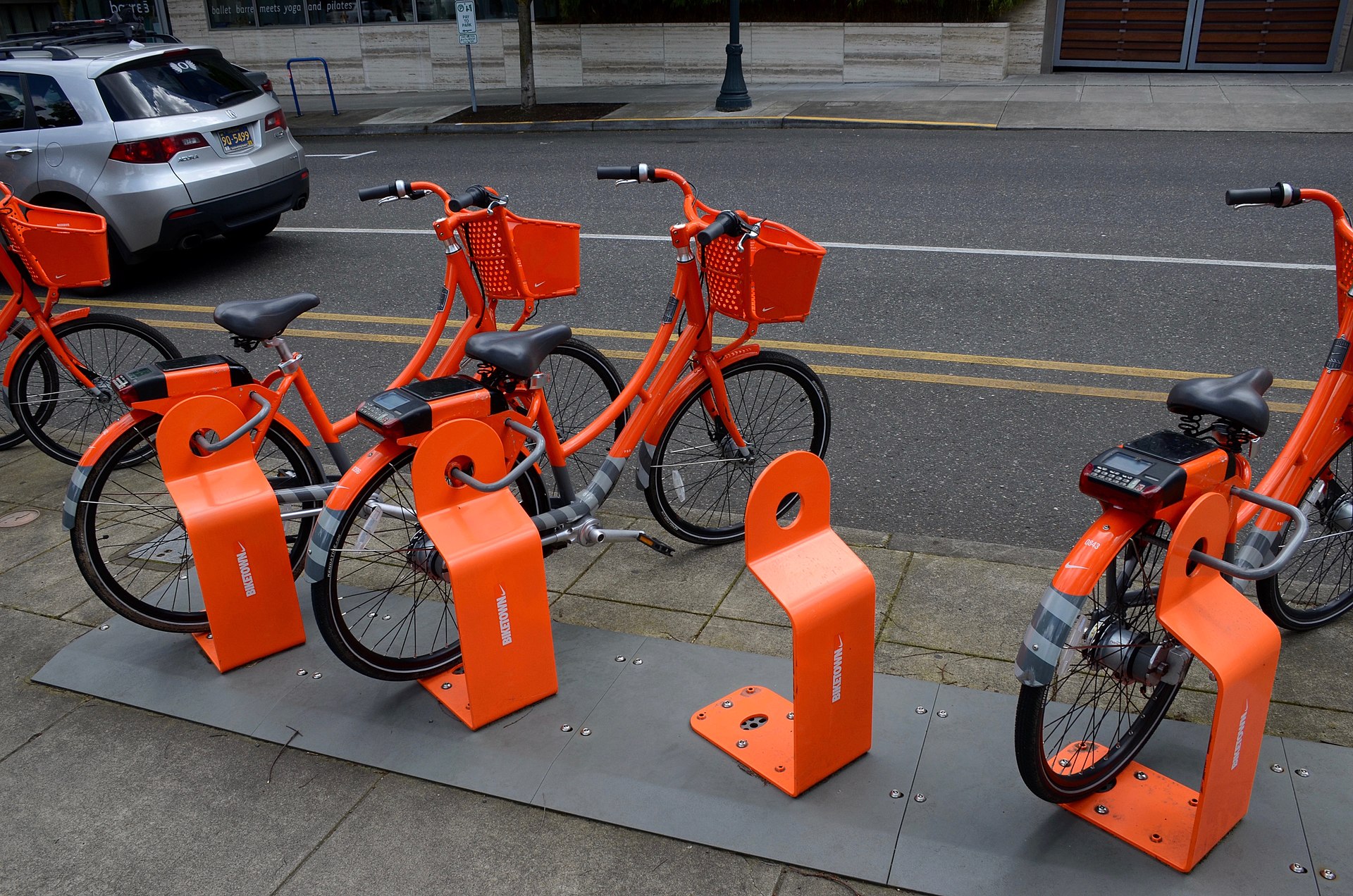It’s been some 26 years since Mario first started climbing ladders and construction beams while leaping over barrels in a bid to save his beloved princess. That unending quest to rescue his pink dress-donning damsel in distress finally led Mario into the vast reaches of space last week, when Super Mario Galaxy came out on the Wii–yet another bar-setting title from Nintendo’s in-house developing staff.
Super Mario Galaxy
It’s been some 26 years since Mario first started climbing ladders and construction beams while leaping over barrels in a bid to save his beloved princess. That unending quest to rescue his pink dress-donning damsel in distress finally led Mario into the vast reaches of space last week, when Super Mario Galaxy came out on the Wii–yet another bar-setting title from Nintendo’s in-house developing staff.
The visuals in this game are exemplary among cartoon games set in space. Though the Wii is just a year old, Galaxy reaches deep into the system’s potential and scoops out luscious, starry backgrounds, fluid animations and seamless character models. It’s easy to see why this game took so long to come out, given that the graphics engine starts out superb and only gets better-there is no graphical glitchery here, unlike a certain other recent Wii title I could mention (cough, Manhunt).
The premise of the game is a goofy, yet reasonable story typical of the Mario series. During a centennial festival of a special comet held by Galaxy‘s locale, Bowser busts in on the good times to abduct Princess Peach and her castle, turning his eye to the creation of a Bowser-ruled universe. This familiar plot is broken up with some side quests as Mario progresses from planet to planet in search of magical Grand Stars that will power a ship used to chase Bowser, though the side quests are more distracting than intriguing.
As pretty as Galaxy looks and as heart-warmingly cute as it is, no game comes without flaws. The first flaw painted by the sterling graphical presentation is the slow and, at times, contrived storyline. It seems as though developers were of the mind that the game needed to be pretty enough to distract gamers from the plot, which rushes right through its first 10 minutes and then screeches to a halt for an hour, as gamers calibrate themselves to the controls. That lurch-and-halt happens again later in the game, though the storytelling is mostly smooth for the meat of Galaxy.
Playing the game is a total blast. The controls are well-tailored to the Wii remote, staying simple and button-based until special attacks or maneuvers demand motion-sensitivity. There are some mildly frustrating controls to learn, especially when playing as a special-suit Mario, from Bee or Boo Mario to Ice or Fire Mario. They may take some trial-and-error, but the suit-specific commands become second nature after not too long.
The most challenging bit about the game play is moving through its outer-space mechanics. Mario can walk all around the spherical plane of each new planet and the gravitational pull keeps him rooted to the ground as the camera rotates wildly to keep him in view. This introduction of 360-degree movement can be unsettling, and the constant time spent upside down and breaking all of Earth’s gravitational laws can be discombobulating. This is not a game to play during a hangover.
Physics predicament aside, Galaxy has another, much larger flaw: zero voice acting. Yes, there are some action sounds and gasps, and some characters yell “Marioooooo!” as they implore the plumber’s heroics, but there isn’t any spoken dialogue, a sin for any game in 2007. However, the soundtrack itself isn’t bad as it follows the action of game play in perfect step, the tension builds into a crescendo and fades away post-climax.
A particularly cool feature is the two-player cooperative control scheme. As Mario collects star bits, which serve as projectiles during game play, a second Wii remote can be used to point at and grab star bits, thus building Mario’s arsenal. The second controller can also stall enemy movement and objects flying towards Mario, as well as boost his jump height if both controllers press the jump button at the same time. This little quirk might not keep a second player engaged for long, so playing with a pal should likely include a system of trading off the first Wii remote to evade boredom.
The occasional flaw and shortcoming aside, there is no reason not to own Galaxy or at least rent it, then get hooked and buy it. You’ll enjoy soaring the stars with Mario, free to roam up, down and all around planet after planet. Happy gaming!




